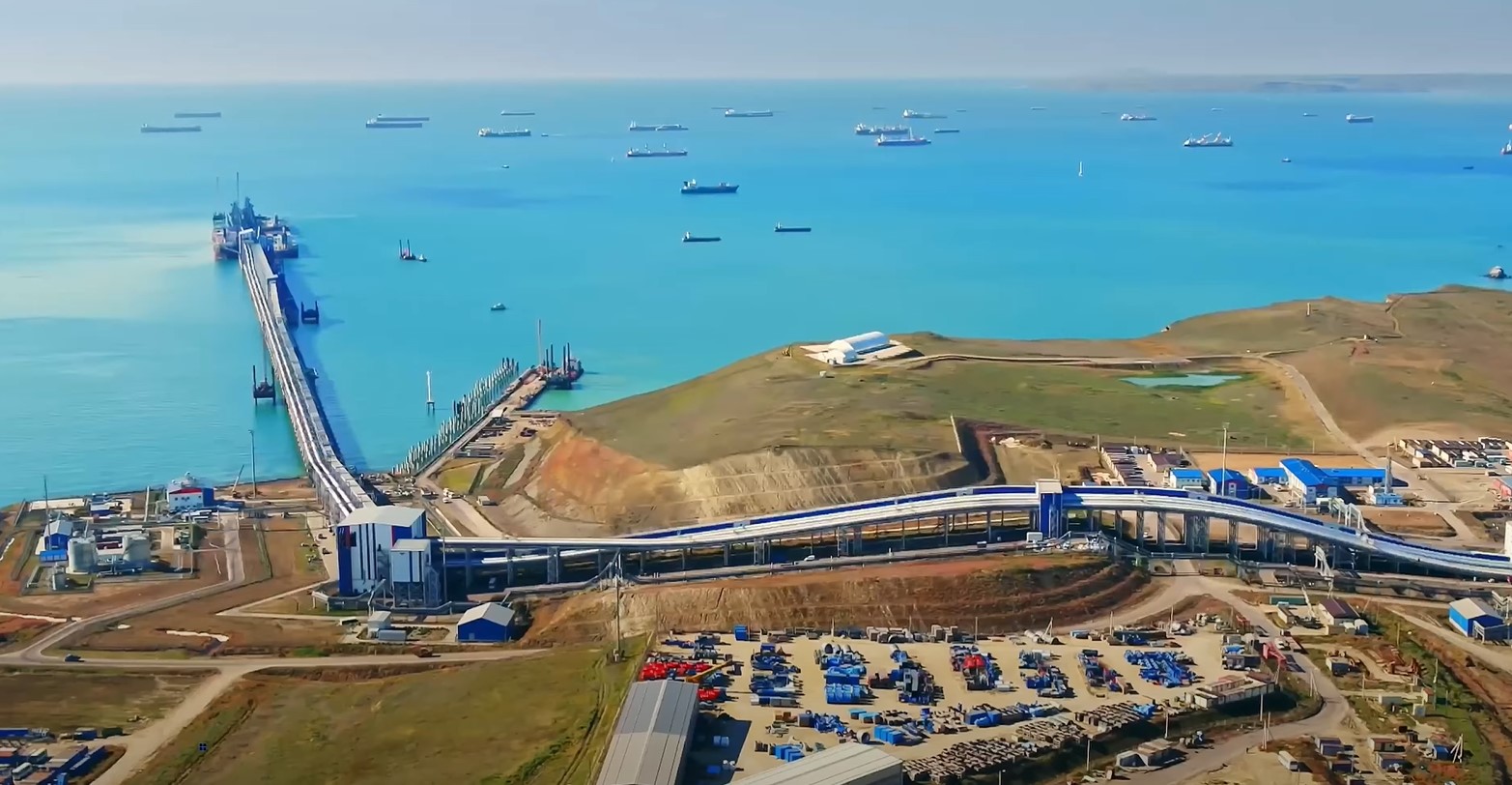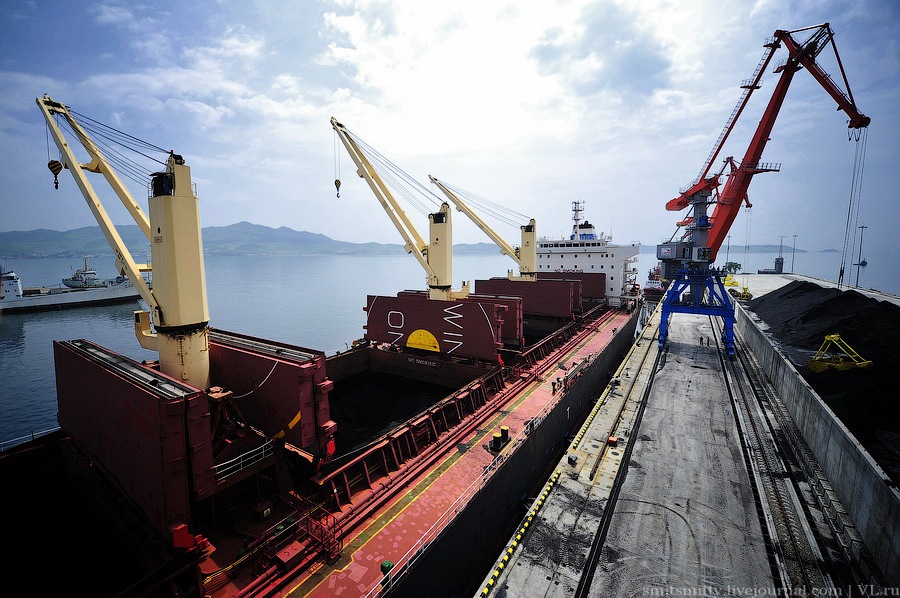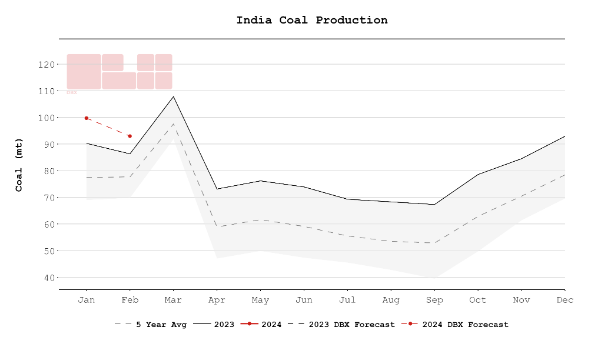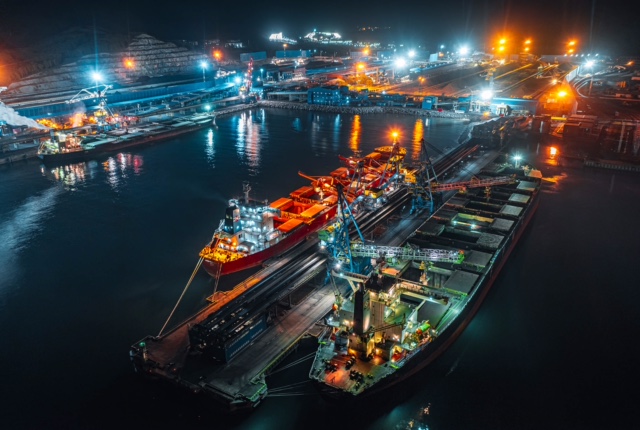
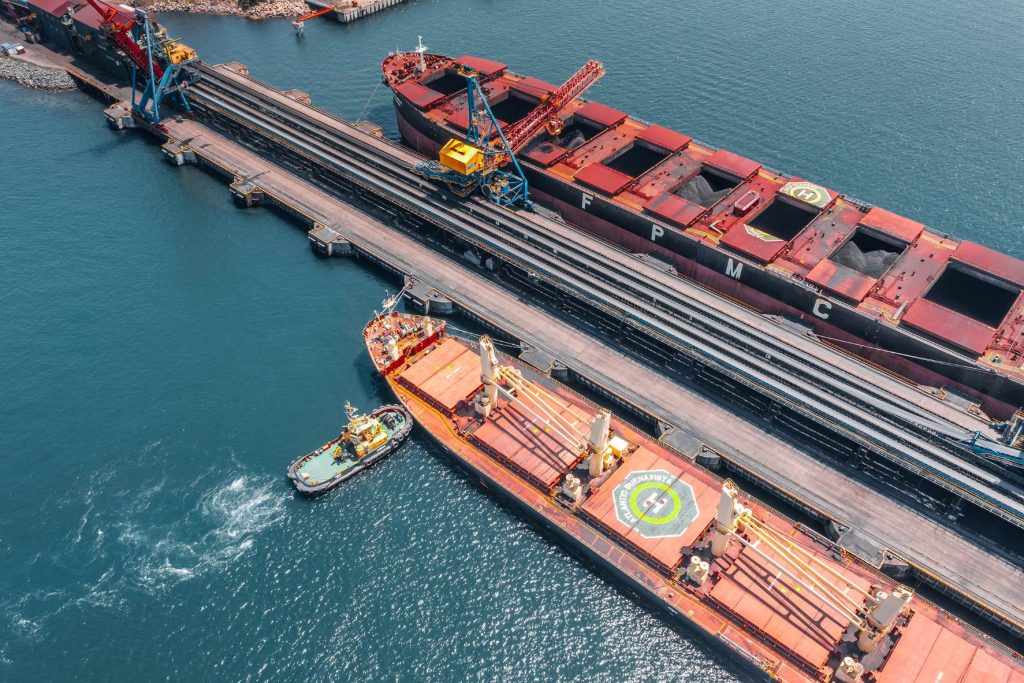
Last week, thermal coal prices in Europe continued to decline, plunging by more than 40 USD/t, below 210 USD/t on such factors as a drop in gas prices due to resumption of negotiations on lowering the price ceiling, as well as a revision of weather forecasts towards higher temperatures.
Gas contracts at the TTF hub fell to 1,450 USD/1,000 m3 (-250 USD/1,000 m3 or -14.7% w-o-w). Gas storages in the EU countries remain more than 90% full. In addition, current supplies from Russia and Norway maintain their earlier levels. Last week, EU energy ministers returned to discussing a gas price ceiling of 220 EUR/MW instead of 275 EUR/MW, proposed by the European Commission.
South African High-CV 6,000 material quotes also dropped below 190 USD/t, following the European market trend amid a normalized loading at Richards Bay Coal Terminal (RBCT), where inventories increased up to 2.2 mio t (+7% w-o-w). The number of vessels in the queue decreased from 13 to 3, confirming the completion of ship-loading machine repairs.
In China, spot prices for 5,500 NAR at the port of Qinhuangdao are holding at the level of 195 USD/t. Coal indices on the Chinese domestic market are moving in different directions due to approaching completion of restocking by some end-users as well as an increased supply on the spot market, resulting from removal of most transportation restrictions in the mining regions.
Pressure also comes from growing numbers of COVID-19 infections in China, while the forecast on 3 waves of cold snap remains a supportive factor.
Indonesian 5,900 GAR dipped to 159 USD/t (-3 USD/t w-o-w), while the price for Low-CV material 4,200 GAR increased to 92 USD/t. Low-CV quotes continue to strengthen, owing to lower supply and increased demand from China, driven by falling temperatures and the need for restocking ahead of the Chinese New Year. The decline in supply stems from heavy rains, barge shortages and higher shipments to the Indonesian domestic market.
High-CV Australian 6,000 adjusted below 410 USD/t on the back of an increase in loadings at ports to 8 mio t/week as of December 11 (+26% w-o-w).
Australian metallurgical coal indices climbed above 255 USD/t as European end-users seek to find a replacement for Russian supplies in 2023. The excess demand over supply is expected to become more evident in Q1 2023, since Australia will be unable to meet both European and Asia-Pacific demand at the same time.
Japanese steelmaker Nippon Steel agreed with an Australian supplier from the Hunter Valley region on a Q4 2022 contract price for semi-soft coal at 230 USD/t FOB (-6.5 USD/t or -2.75% vs. Q3 2022) Australian coal companies are expected to reach a Q4 PCI agreement at 240-250 USD/t FOB.
Source: CAA










